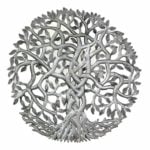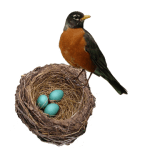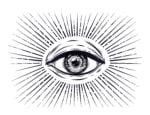Divine Fine-Tuning and the Evolution of Physical Laws
By Alexander Poltorak Introduction The relationship between the laws of physics and the conditions necessary for life is among the most profound mysteries in both
By Alexander Poltorak Introduction The relationship between the laws of physics and the conditions necessary for life is among the most profound mysteries in both

A light shalt thou make to the ark…with lower, second, and third stories shalt thou make it. (Genesis 6:16) We mentioned in the previous posts

As always in science, every answered question breeds new questions. Now that we understand that the Tree of Life and the Tree of Knowledge are

If a bird’s nest chances before thee in the way, in any tree or on the ground, with fledglings or eggs, and the mother sitting

The Torah portion Re’eh, begins with the verse: Behold, I set before you this day a blessing and a curse. (Deut. 11:26) The first word
By the mouth of two witnesses, or three witnesses, shall the one liable to death be put to death; he shall not be put to
B’reshit bara Elokim et hashamaim v’et haaretz… In the beginning, G‑d created heaven and earth… Alternative translation: With two beginnings G‑d created heaven and earth…
Presented at the International Torah and Science Conference in Miami International University on December 18, 2005 Alexander Poltorak Introduction. This is the third in

And he shall take the two he goats, and place them before the Lord at the entrance to the Tent of Meeting. And Aaron shall